Imagine staring at the wreckage of your car after a collision, watching your plans unravel before your eyes. It’s a scene that unfolds more than 6 million times each year in the U.S. alone. Yet, how prepared are you to handle this shocking scenario?
With the increasing number of vehicles on the road and distracted driving on the rise, understanding the legal steps after an accident is crucial now more than ever. Your next move could make all the difference in protecting your rights and ensuring fair compensation.
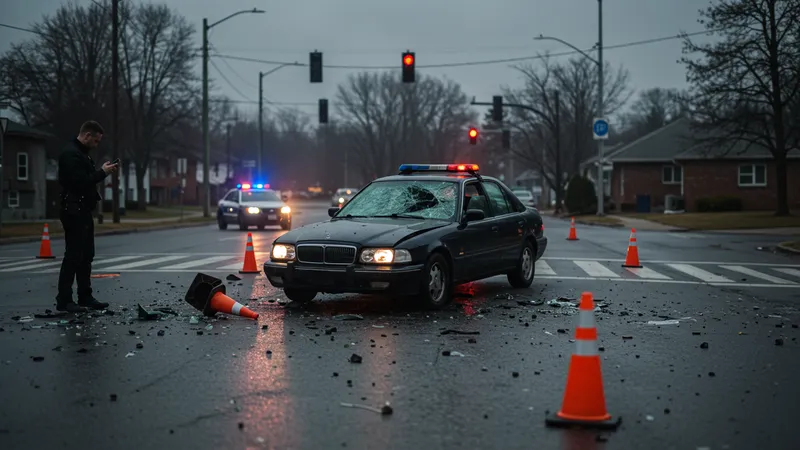
Here’s something many don't realize: failing to document the scene meticulously can lead to insurance claims being denied. Only photographs, witness statements, and police reports can shield you from liability blame. But that's not even the wildest part...
Another shocking truth? Victims often underestimate their long-term medical expenses and settle for far less than they deserve. Insurers may cover immediate costs but neglect to factor in potential complications down the line. But what happens next could astound even a seasoned attorney...
What unfolds after the initial impact may seem straightforward, but the road to recovery is paved with legal intricacies that can bewilder the unprepared. And what happens next shocked even the experts…
The first few moments post-accident are both critical and overwhelming. While panic may set in, your actions can set the tone for what follows legally. It's crucial to ensure safety first by moving vehicles off the road if possible and checking for injuries. Engage your hazard lights to alert oncoming traffic. But there's one crucial thing you must not forget…
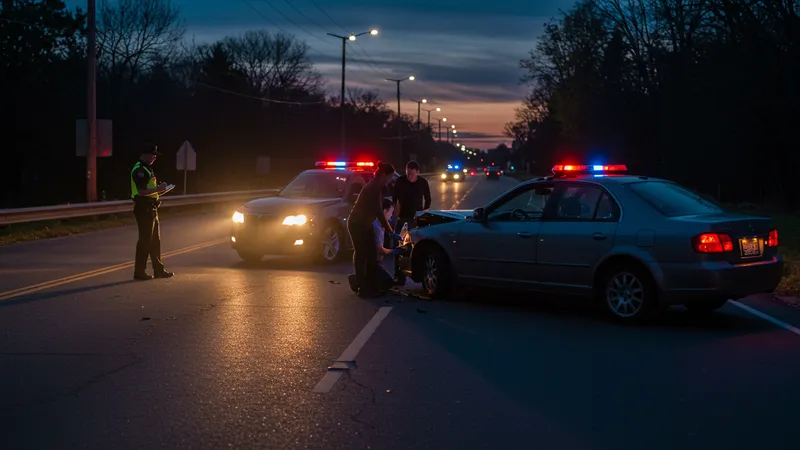
Calling the police is non-negotiable, even in minor incidents. A police report offers a neutral perspective and formal documentation that is indispensable in insurance claims. Many assume exchanging information with the other driver suffices, but this oversight could be costly. What you read next might change how you see these protocols forever.
Gathering evidence is not merely advised but essential. Take comprehensive photos of the scene, note down license plates, and obtain contact details of all involved parties. Witness statements are golden. The dashcam footage is another game-changer if you have it—invaluable in reconstructing events.
Medical assessment isn't just for the seriously injured. Some injuries manifest hours, even days, after the accident. Insist on a medical evaluation even if you feel "fine." This precaution is often the difference between full compensation and partial settlements. But there’s one more twist...
Many drivers find themselves woefully unprepared when dealing with insurance companies post-accident. Initial reportage to your insurer, regardless of fault, establishes a record that's harder to dispute later on. Yet, too often, victims delay this step, entangled in the immediate aftermath of a crash.
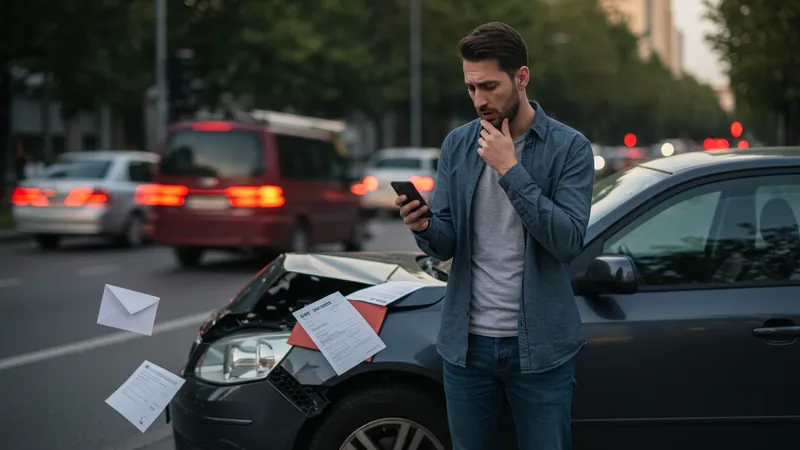
Miscommunications with insurers breed complications and potential compensation delays. Hence why every communication needs documentation. Emails and letters are far more robust than verbal conversations when accountability comes into question. But there's a detail in the insurance fine print that surprises many...
Understanding your insurance policy beforehand is imperative. Many assume comprehensive coverage equates to full protection—but "full" rarely means what people think it does. Deductibles, limitations on coverage for specific damages, and loss of use coverage often catch unprepared drivers off guard.
Settling quickly with the insurance company might seem tempting during stressful times, but it's rarely advisable. Quick settlements usually benefit the insurer more than the claimant. Knowing the right timing and language can significantly impact the compensation gaps. Want to know a secret that the pros use?
Retaining an attorney post-accident is often perceived as an extreme measure, yet the expertise they provide can be game-changing. Lawyers bring specialized knowledge of state laws and can navigate the claims process more efficiently than a layperson armed with Google searches.
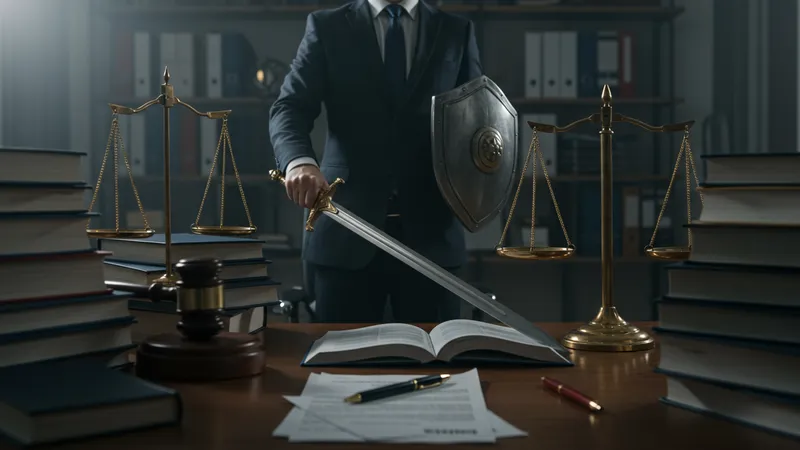
Facing insurance companies alone is akin to walking into a lion's den unarmed. They have teams of experts to minimize payouts. A lawyer becomes your sword and shield in negotiations, ensuring every paperwork aspect is airtight and deadlines are met without mishaps.
A shocking statistic? Those represented by legal counsel receive settlements three times higher on average than those who proceed unrepresented. And lawyers often work on a contingency basis, meaning they only get paid if you win. But this isn't the only reason you need their expertise…
Legal representation also covers you in scenarios that might seem straightforward but can spiral quickly. Consider scenarios with disputed fault or cases involving uncooperative drivers. The courtroom isn't a place most are equipped to handle on their own, but with the right lawyer, the odds tilt significantly in your favor.
Determining fault in a car accident can become a labyrinthine process, with blame often contested aggressively by both parties. The police report serves as a preliminary tool, but insurers invest heavily in their investigations to ensure their financial interests are protected.
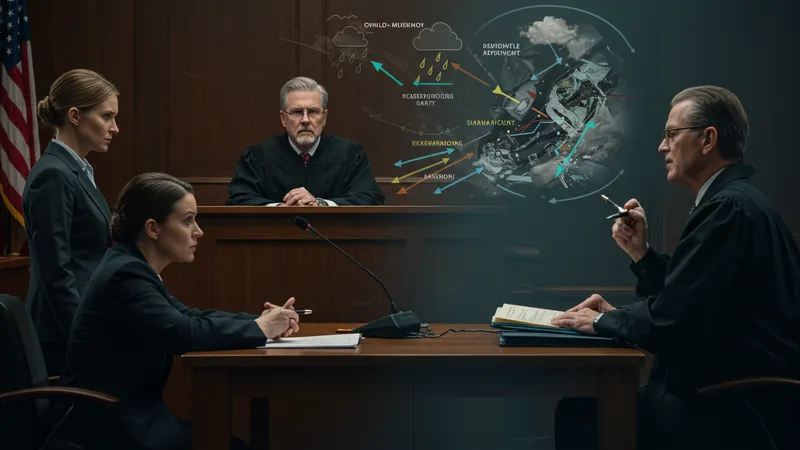
Factors like road conditions, weather, and mechanical failures can alter perceptions of fault dynamically. Eyewitnesses add another layer of complexity. Their accounts can sway cases drastically—showing why choosing impartial witnesses is crucial. But incredible legal twists happen when malfunctions are involved…
Proving mechanical failure, for instance, demands technical evidence often beyond an average driver's capability. Engaging expert mechanics or accident reconstructionists can provide insights that shift liability. However, costs can deter many from this course of action.
"Shared fault" is another contentious subject where multiple parties may be responsible for varying degrees. Certain jurisdictions allow compensation based on percentage fault allocation—a nuanced, strategic battleground for lawyers. But the real revelation is how even seasoned drivers misrepresent these complexities.
Medical documentation isn't just for health—it plays a pivotal role in legal proceedings post-accident. Immediate and ongoing medical records depict injury severity and progression, serving as concrete evidence if disputed in court.
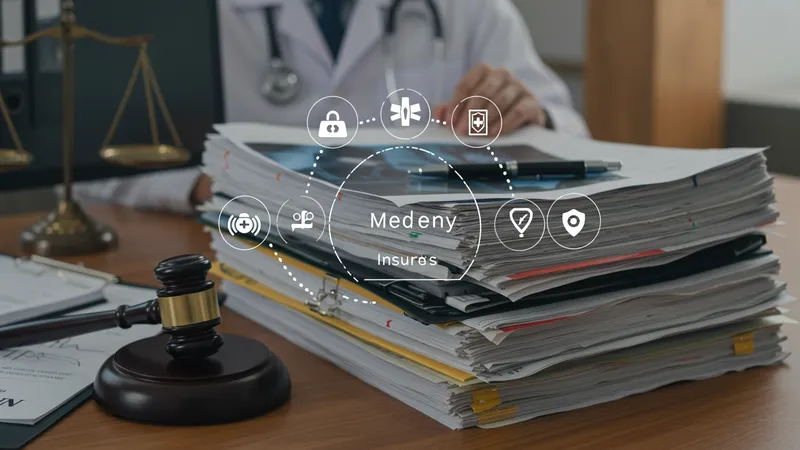
The absence of early medical evaluations is a common pitfall. Without initial assessments, individuals struggle to correlate health deteriorations to the accident. Insurers exploit this gap mercilessly, hence the emphasis on prompt medical attention—even when injury signs aren't blatant.
Understanding the art of documenting symptoms is essential. Journals noting pain levels, physician visits, and treatments bolster cases. Complement this with maintaining all medical bills and communication with healthcare providers to streamline legal claims.
Surprisingly, long-term effects like PTSD or physical rehabilitation needs are often disregarded during settlements, as insurers undermine their impacts. Pushing for comprehensive health coverage post-accident becomes critical, revealing a layer of legal protection often underlooked by claimants.
Securing witnesses in the frenzied moments post-crash might seem secondary, but their testimony could drastically sway the outcome. Witnesses provide impartial accounts that strip emotional biases from the narrative, crucial in conflicting scenarios.
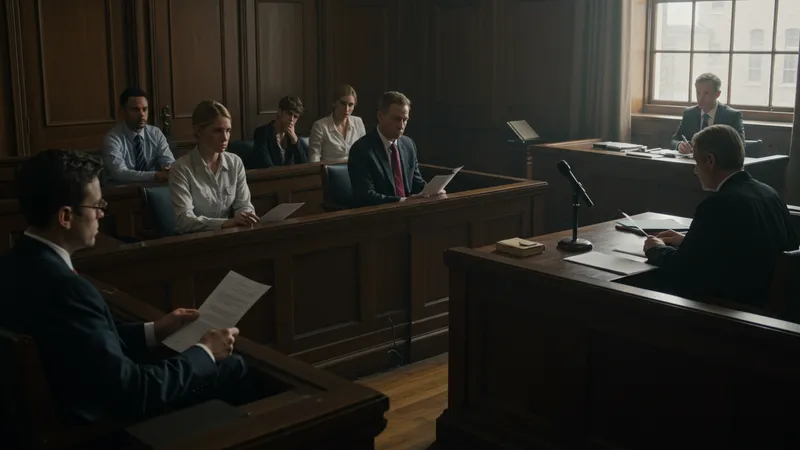
Approaching witnesses with respect, requesting their contact details, and potentially written statements as soon as possible can cement their reliability. Their testimony in addressing third-party negligence is gold dust in bolstering legal arguments in court.
Unfortunately, many underestimate the importance of follow-up. Witnesses are more inclined to help if engaged and informed, but quick resolution isn't guaranteed. Legal processes often span months or even years, testing their patience.
In a surprising turn, digital witnesses—through social media or dashcams—add another dimension to modern-day proclamations of innocence or guilt. The hardest determinations of liability have been overturned thanks to this modern evidence, absolutely rewriting case projections.
The allure of DIY legal battles is understandable as financial pressures mount in the aftermath of a crash. However, the lack of legal knowledge can severely undermine a person's case. Procedural missteps often close cases prematurely or result in unfavorable settlements.
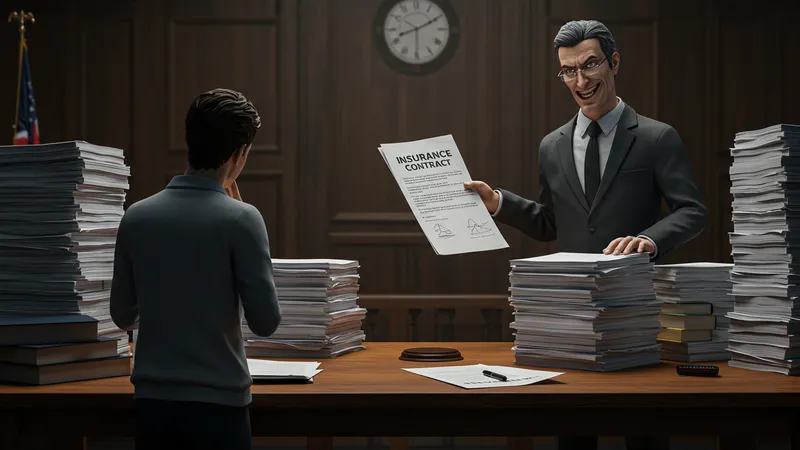
Insurance companies, well aware of this weakness, may present seemingly attractive offers to unrepresented claimants, omitting crucial subtleties. Accepting these at face value often results in missed compensations, frustrating when realized too late.
Legal proceedings involve strategic negotiations where seasoned attorneys anticipate insurer tactics. They navigate legal exemptions or leverage specific state laws to their advantage—knowledge largely inaccessible to individuals without legal aid.
The most sobering fact? Statistically, claimants with legal representation fare significantly better in both settlement amounts and overall case outcomes. It's a grueling reality check for those contemplating self-representation without understanding the inherent risks.
Few consider the ripple effects of an accident on their insurance policies years later. While the initial focus is claim settlements, the aftermath reveals premium hikes and changes in coverage terms that can take victims by surprise.

Accidents often trigger policy reviews, and even small claims can result in premium increases—an unwelcome surprise during renewal. Understanding your insurer's specific adjustment policies post-claim becomes crucial to managing costs effectively.
Navigating policy changes requires knowledge of your coverage specifics. Some insurers offer accident forgiveness programs—a hidden perk for long-standing clients or those without prior incidents, mitigating premium increases significantly.
But the most significant revelation? Major accidents can blacklist drivers, forcing them into high-risk pools with steeply increased costs. Knowing how to negotiate effectively or leverage competing offers is a little-known lifeline for maintaining affordable coverage post-accident.
When assessing accident damages, the uninitiated often focus on visible repairs and medical expenses. The hidden economic ramifications—time off work, emotional stress, and subsequent mental health costs—frequently evade initial estimates.

Lost wages are commonplace during recovery, often underestimated in claims. Insurers are prone to marginalise these costs for financial leverage, reducing them in final settlement offers without significant resistance.
Emotional and psychological repercussions are quietly sidelined in favor of clear-cut financial measures. Yet, therapies for PTSD, anxiety, and depression are often integral to comprehensive recovery, prompting intense negotiations for adequate coverage.
Alarmingly, these unseen costs can eclipse direct expenses, particularly in severe accidents. A comprehensive approach in claims underscores the gravity of these financial assessments and how they shape long-term recovery trajectories.
Dealing with insurers post-accident often feels like navigating a game where the rules are stacked against claimants. Recognizing tactics used to minimize payouts empowers individuals to combat them effectively.
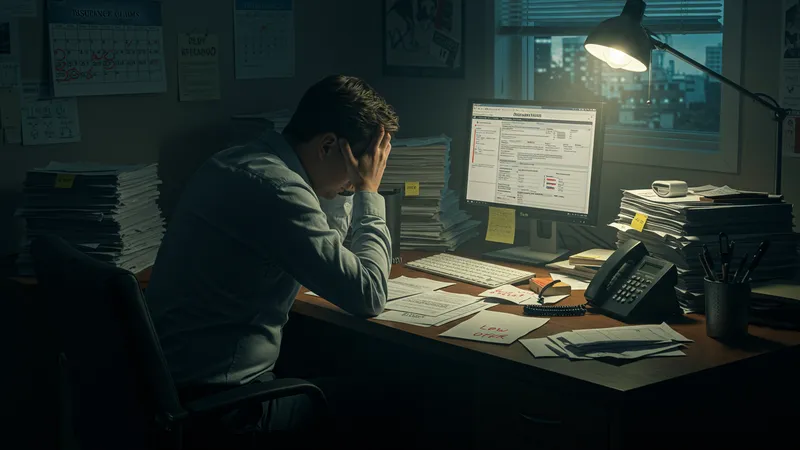
Common strategies include "lowball" offers, hoping financially-strapped claimants accept quickly. Concerted efforts to drag out the claims process also aim to induce settlement fatigue, coercing victims into early agreements.
Educating oneself on these tactics enables strategic responses. Develop negotiation skills and know-how to substantiate claims with evidence. This preparation significantly shifts the power balance when negotiating settlements.
Bringing legal experts into the equation acts as a deterrent for these tactics. Their imminent expertise alerts insurers to the robust nature of the claim, often resulting in quicker and fairer settlements—evoking a surprising sense of control and relief.
The police report is not just a piece of formality—it's a key document that carries substantial weight in legal and insurance realms. Each minor detail can prove decisive in establishing fault or evading false claims.
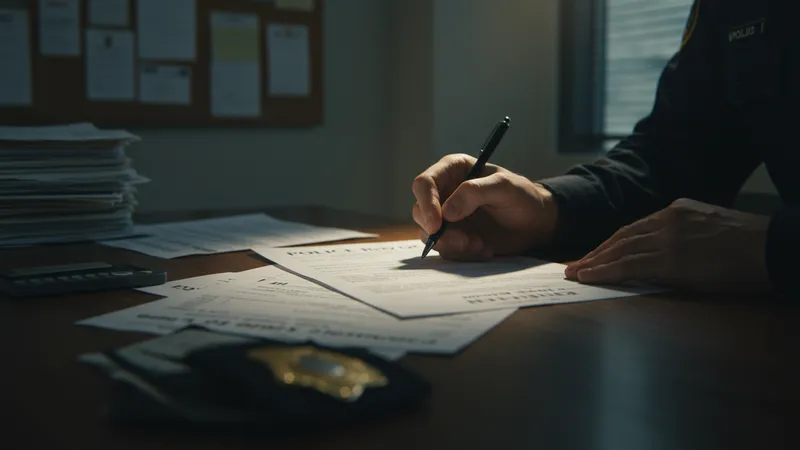
Understandably, officers are human and capable of errors. Requesting revisions or clarifications if inaccuracies are noted is vital. The integrity of this report provides a foundation that private investigations can build on.
The officer's narrative, witness statements, diagrams, and citations included are scrutinized for consistency and factual accuracy. Discrepancies can signify contestable fault determinations that swing the claim outcome heavily.
In most cases, no stone should be left unturned in how these reports are examined. The smallest detail, like diagrammed vehicle positions or timestamps, can alter narratives significantly. What you discover here might just flip the entire story upside down.
The digital age has revolutionized the way car accident claims are investigated and processed. Access to technology like dashcams and GPS devices provides unprecedented advantages that were previously unimaginable.
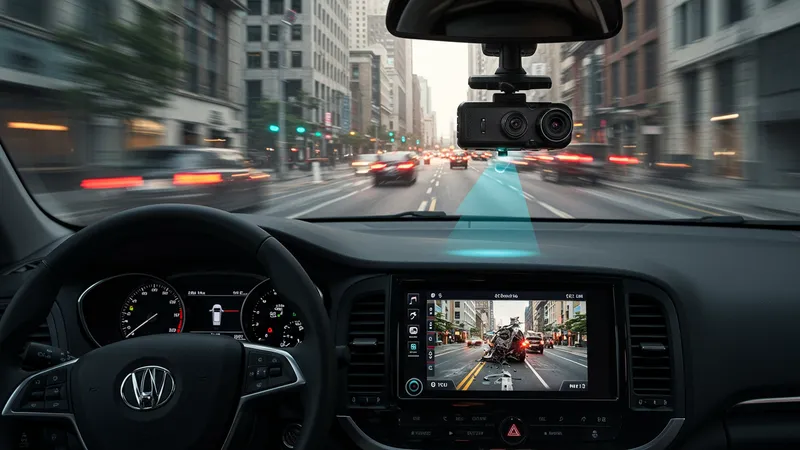
Footage from these devices becomes powerful evidence, often directly countering or confirming witness accounts or police report narratives. Their eyes remain unbiased, capturing the moment with exact precision.
Mobile apps expedite insurance processes, allowing instant upload of evidence and documentation, streamlining claims to avoid bureaucratic delays. These innovations ensure nothing is left to chance.
Finally, the presence of digital proof during liability negotiations acts as leverage, discouraging deceitful claims or manipulative tactics. It’s a new era where technology safely guards the truth, often leading to heightened settlement advantages. But there’s one more surprise lurking just beneath the surface…
Beyond the physical and financial ramifications, the emotional toll of an accident lingers, often unspoken. Navigating this aspect is as critical as legal maneuvers, yet vastly underestimated.

Victims might experience a gamut of emotions: anxiety, frustration, or even depression. Acknowledging these feelings paves the way toward holistic recovery—a step legal processes can unintentionally overlook.
Engaging mental health services, participating in support groups, or simply vocalizing experiences can drastically alter recovery dynamics. The journey demands more than mere compensation—it's about reclaiming control and emotional stability.
Contrary to popular belief, this emotional resilience is a weapon. A calming presence during legal negotiations or claims processes is invaluable, emanating preparedness and self-assuredness that many underestimate. But what happens next holds a revelation most never see coming…
An accident transforms individuals into reluctant advocates, bearing witness to their trials and triumphs. This unexpected role holds unforeseen power, driving improvements in safety measures or legal frameworks.
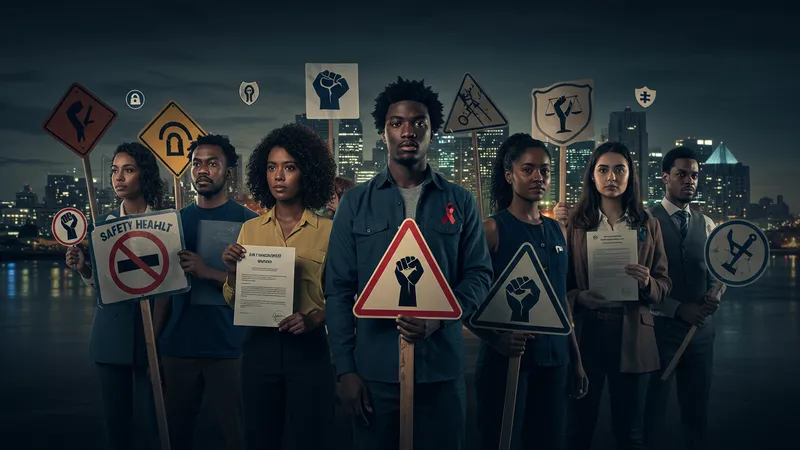
Survivors often dive into advocacy, sharing experiences to educate or support others navigating similar challenges. Real stories inspire change, from aiding law reforms to spotlighting mental health initiatives necessary for recovery.
The digital world amplifies this voice. Blogs, social media, and community forums provide platforms to reach wide audiences, allowing advocacy efforts to permeate social consciousness effectively.
Joining advocacy groups aligns these personal stories toward collective goals, fostering solidarity and igniting societal shifts. The experience becomes more than a personal ordeal—it serves society, perhaps the most underrated power of accident survivors, revealing a profound sense of purpose no one saw coming.
What you’ve uncovered in each of these steps is more than just knowledge; it’s empowerment—your advocate’s armor in the complex aftermath of a car accident. No longer should panic dictate actions when the unexpected occurs.
Navigate these insights strategically to safeguard your rights and reclaim your peace of mind. Remember, sharing this journey not only aids others but ensures these lessons echo across communities. Spread awareness, bolster preparedness, and share the narrative. Let everyone know how equipped they are to face the unexpected head-on!